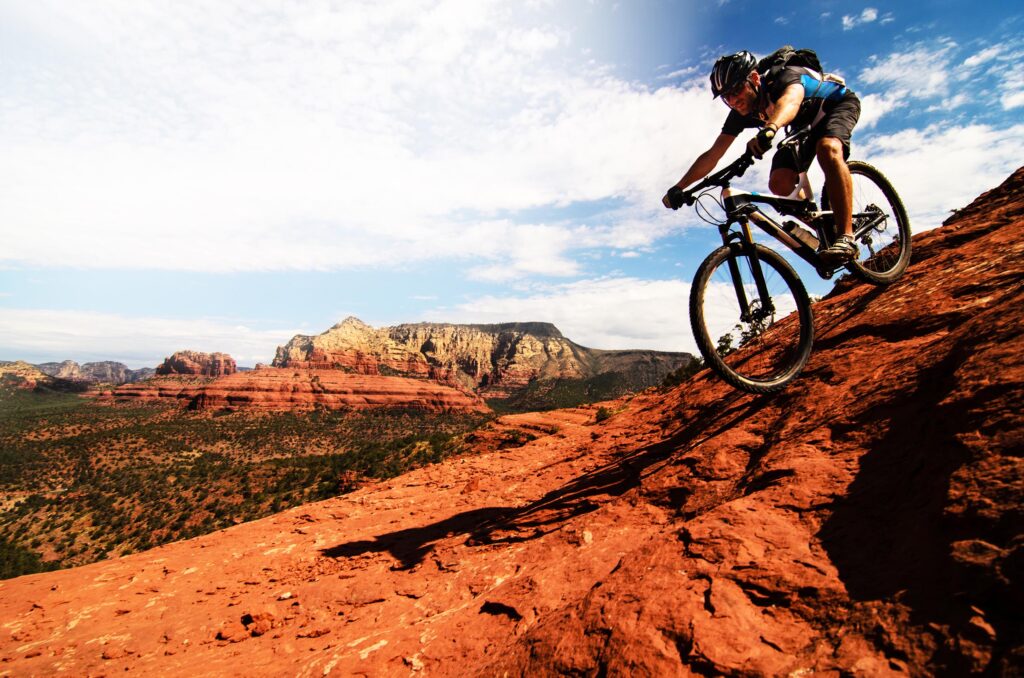Southern California Orthopedic Institute Experts Offer Safety Guidance During COVID-19’s Biking Boom
Bruises, scrapes and minor cuts are all common for mountain bikers and cyclists, and orthopedic specialists frequently see broken collarbones, broken wrists and other fractures as well as muscle strains and sprains. However, more serious injuries are possible, especially if a cyclist crashes or collides with another rider or a motorist.
When gearing up to go for a ride, follow these safety tips from Southern California Orthopedic Institute to stay safe and avoid injury:
Dress for success. Always wear a helmet. Helmets reduce your risk for serious head and brain injuries. Make sure your helmet (or your child’s) fits well with a secure and buckled chinstrap, and does not impair vision and has approval from the American National Standards Institute. If mountain biking, wear additional safety gear, such as gloves, body armor and mountain bike-specific shoes. Additionally, do not wear any loose clothing that could get caught on wheels, gears or pedals.
Mind your bike(s). Make sure the bike is suited for the area you are riding as well as the right size for you, which can help you avoid most overuse injuries and give you more control. Supervise children biking at all times, and always pay attention when riding — do not talk or text on your phone or wear headphones. Maintain the brakes, tires and gears on your bike regularly, and keep lights on your bike if you ride at night.
Choose a trail right for you. When choosing a trail to ride, don’t exceed your skill level. If the trail has drops, obstacles or sections outside of your riding ability, walk those areas, especially if the trail is new to you.
Use extra caution on the road. If you choose to ride on roads, know all the city rules for cyclists and ride in the direction of traffic while following traffic signs and lights. Use a bike lane if there is one and signal any turns you take. Be defensive and ready to act quickly to avoid collisions, especially in intersections. Also, watch for opening doors when riding past parked cars.
Take care outdoors. Make sure you wear sunscreen out in the sun and stay hydrated to avoid heat illnesses. You should drink a full bottle of water for each hour you’re riding. You’ll also need to pace yourself to avoid exhaustion — pushing yourself too hard is dangerous, especially while on a bike, where you could lose control. Try changing riding positions slightly, when able, to reduce stress on the same joints and muscle groups.
To get out and stay active during the COVID-19 pandemic, interest in mountain biking and cycling is growing every day, and for those new to the hobby and cyclists increasing their mileage, there is a higher risk of injury. If you think you’ve suffered a fracture, have muscular pain or experience joint instability after a fall, see an orthopedic specialist as soon as possible.

